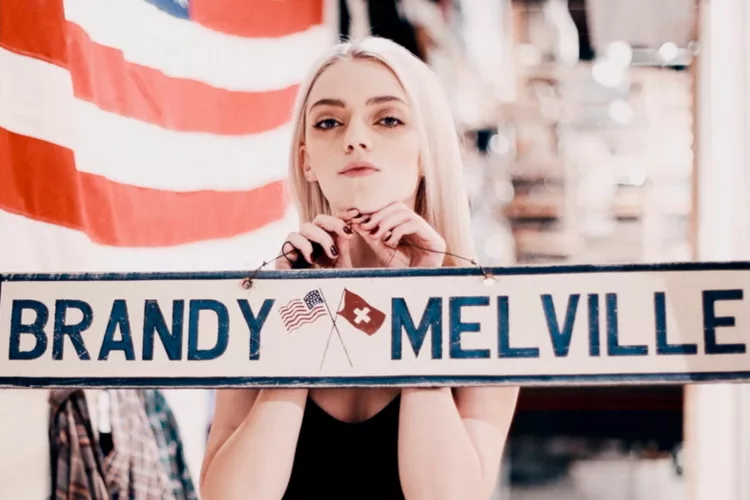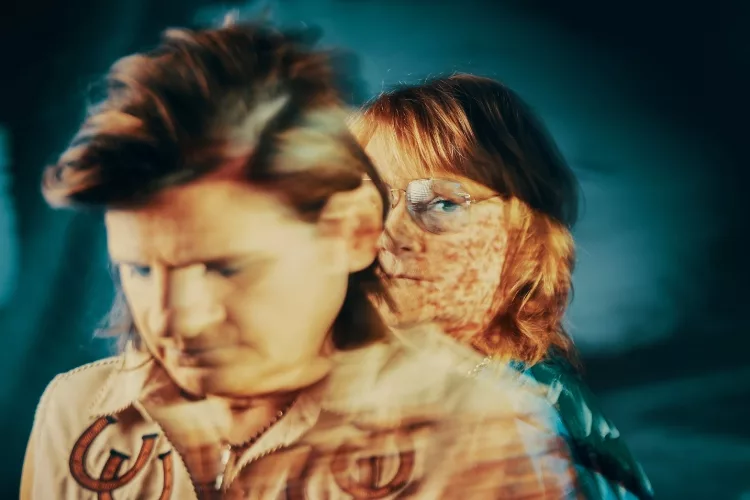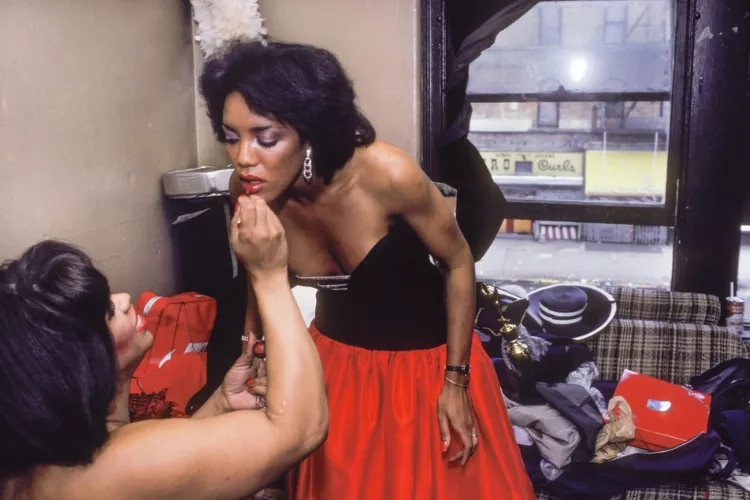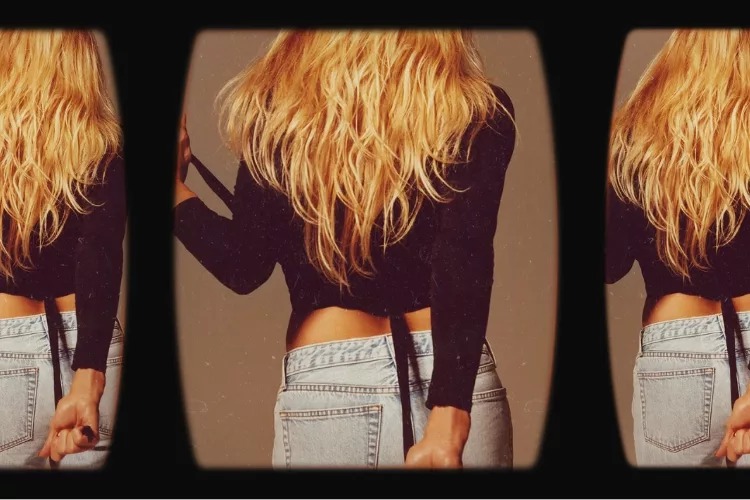Plastic is not going anywhere anytime soon. Not only is there too much plastic already in existence, but more plastic is being produced every day at a faster rate than can be managed. Plastic is rampant in our oceans and food– microplastics have even been detected in humans. As we look to find sustainable ways to contain it, more and more artists are working with plastic. We’re highlighting seven artists who see plastic (among other forms of trash) as an opportunity for renewal and a way to publicize the dire state of our environment.
Willie Cole

As an American engineer, environmentalist, and artist, Willie Cole specializes in transforming readymade materials. Items that would otherwise be discarded are used in his sculptures, often pulling from African and African American culture. He transformed discarded high-heeled shoes into figures that echo traditional African carved sculptures.
Cole is also concerned with environmental crises. In his recent solo exhibition, he responded to the 2019 contamination of drinking water in his home state of New Jersey. The works highlight the Earth’s water and plastic problem through two chandelier-esque structures– Spirit Catcher and Lumen-less Lantern– created using over 3,000 empty plastic water bottles.
IG: @williecoleart
Jean Shin

When Jean Shin chooses an item to use in her art, she first looks at whether it is being, in her words, “cast off from a person’s life because its desirability and usefulness are questioned, that it in some way archives a personal history but also can speak to larger issues going on in our culture.”
Her recent exhibition, Second Skin, was inspired by her focus on objects thrown away in massive quantities. The show takes cast-off materials from two of her previous public art installations and reappropriates them as new wall hangings and sculptures made from leather scraps and upholstery tacks. The works ask the viewer to consider the harmful effects of consumerism on our natural world and how we can begin to repair the damage.
IG: @jean.shin
Duke Riley

Duke Riley’s most recent exhibition expands on his interest in nautical archives and culture as well as the liminal space between water and land that often serves as the outskirts of society and the beginning of the wild. For DEATH TO THE LIVING, Long Live Trash, Riley gathered objects found on beaches to build modern versions of scrimshaw: the small gifts sailors used to craft on long voyages. Instead of traditional whalebone, Riley uses sea trash– straws, spoons, razors, and other bits of colorful plastic to make fishing lures and mosaics that provide a commentary on our polluted bodies of water and the horrifying consequences of the proliferation of plastics in all aspects of consumption. Riley’s work often intersects the past with the present and, in this case, the show includes actual scrimshaw from the Brooklyn Museum’s collection to connect environmental havoc across centuries.
IG: @dukerileystudio
Courtney Puckett

Courtney Puckett uses textile waste and everyday leftovers to sculpt pieces invoking the natural world and its organisms. Puckett disassembles and repurposes old furniture, household items, and cloth, wrapping each formation in wire and cording in a critique of the interdependence between people and the environment. The results appear on the verge of life, full of movement and depth. Her work was presented last month in a group exhibition titled, Riding the Weave, which explores humanity’s reliance on textiles. Her work was also in the 2023 Nada Foreland art expo.
Birke Gorm

This Vienna-based artist works in textiles, reinventing readymade fragments and domestic fabrics. Her solo exhibition, Dead Stock, shown at the Museum of Applied Arts in Vienna, comes from the “English term for a commodity or material that is superfluous, unsaleable, or defective and is therefore considered ‘dead’ material in a capitalist system.” The show features anthropomorphous jute figures who guard piles of broken trash and are marked by palettes of browns and grays. The eerie vignettes aim to illustrate “the enormous potential of the production and circulation of everyday objects in relation to the dismantling of patriarchal gender hierarchies” and the role of consumerism in this process.
IG: @birkegorm
Alexandre Diop

Currently studying and living in Vienna, Alexandre Diop is a Franco-Senegalese artist who manipulates found materials to produce collage-like portraits and scenes. His style has been compared to artists from the Italian arte povera movement. There is a modesty to the single ingredient elements– wood, metal, fiber, and plaster– that make up the final elaborate product.
Diop’s exhibition this summer, Hood Rich, examines the creativity and resourcefulness of those living in areas labeled as “ghettoes” and the ways society determines worth. The show also speaks to how the building blocks for the large-scale works in this show are made valuable in the context of their surroundings.
Aurora Robson

Aurora Robson is best known for “intercepting waste streams” by collecting single-use plastic debris. Robson admires the versatility of plastic that makes it conducive to making art and hopes to one day harness this power for something more beneficial than the imperfect global recycling system still in place. Her ongoing exhibition, Human Nature Walk, combines many techniques she uses to mold plastic debris into pleasing shapes while also making audiences aware of the “displaced abundance” that plastic has created within our lives. Robson is the founder of Project Vortex, an “international collective of artists, designers, and architects actively focusing on the global problem of plastic pollution.”
IG: @aurorarobson
–Emma Kendall
Related Articles






